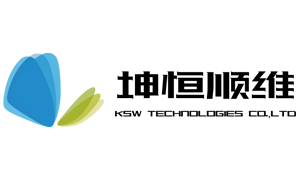
Leakage Current Tests
Normally, moderate voltage levels (volts to tens of volts) are used to measure a leakage current (IL). The leakage current test measures the low-level current that leaks across the LED when a reverse voltage less than breakdown is applied. It is a common practice for leakage measurements, and more generally for isolation measurements, to make sure only that a certain threshold is not exceeded in production. There are two reasons for this. First, low current measurements require longer settling times, so they take longer to complete. Second, environmental interference and electrical noise exert greater influence on low-level signals, so extra care in shielding is required. This extra shielding complicates the test fixture and may interfere with automated handlers.
漏电流测试
一般地,漏电流[1](IL)的测量使用中等大小的电压(几伏到几十伏)。漏电流测试测量的是当加载的反向电压低于击穿电压时LED上泄漏的小电流。在生产过程中确保漏流[2]不超过一定的阈值是漏流测量的常用做法,也是隔离测量更普遍的做法。其中有两个原因。第一,低电流测量需要较长的稳定时间,因此它们需要更长的时间才能完成。第二,环境干扰和电噪声[3]对低值信号具有较大的影响,因此需要额外的屏蔽措施。这些额外的屏蔽措施增加了测试夹具的复杂性,并且可能干扰自动机械手的操作。
[1] 漏电流:http://www.keithley.com.cn/llm/a/13.html
[2] 误差:http://www.keithley.com.cn/llm/a/10.html
[3] 干扰噪声: http://www.keithley.com.cn/llm/a/26.html
 /1
/1 














文章评论(0条评论)
登录后参与讨论